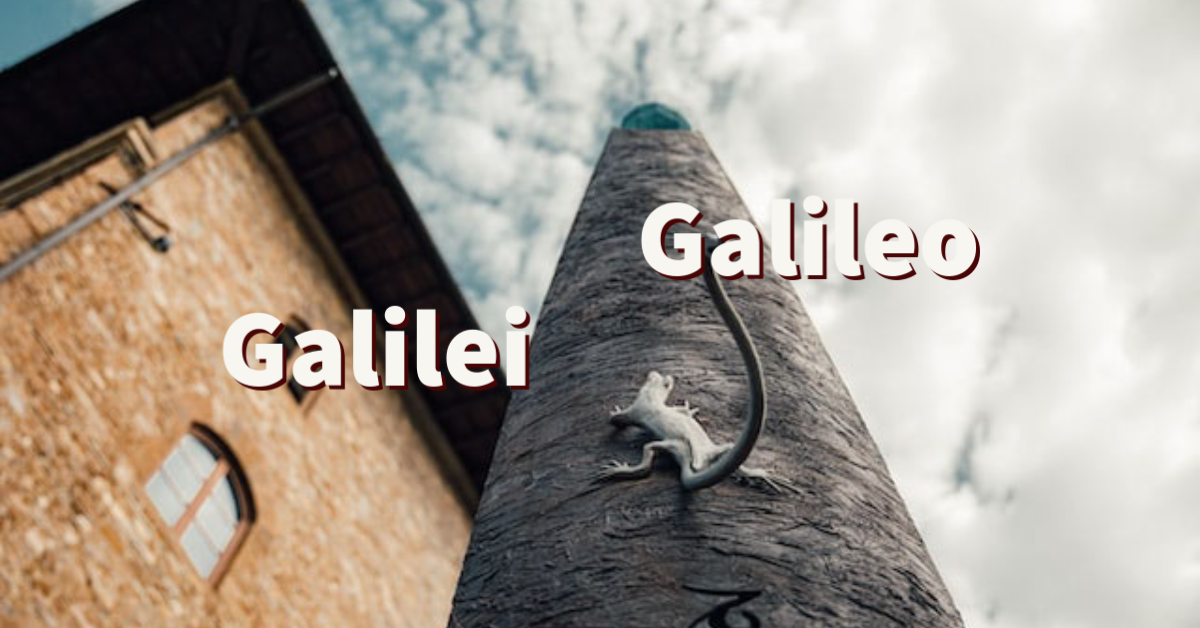Top 20 Interesting facts about Galileo Galilei

Galileo Galilei was an Italian scientist and astronomer who is known for his significant contributions to the fields of physics and astronomy. He is often considered the “father of modern observational astronomy,” as he was one of the first scientists to use a telescope to study the night sky.
Galileo’s observations of the Moon and planets, as well as his experiments with falling objects on Earth, provided important evidence for the heliocentric model of the universe, which holds that the Sun, not the Earth, is at the center of our solar system. This model challenged the long-held beliefs of the Catholic Church, and Galileo’s support of it ultimately led to his trial and condemnation for heresy. Despite this, his contributions to science continue to be celebrated today.
यह आर्टिकल इंडियन क्यूरेटर (Indian Curator) पर हिंदी में उपलब्ध है|
Interesting facts about Galileo Galilei
1. Galileo Galilei was an Italian physicist, mathematician, astronomer, and philosopher who lived from 1564 to 1642.
2. Galileo is considered to be one of the founding fathers of modern science, and he is known for his many important contributions to the fields of physics, astronomy, and mathematics.
3. Galileo is one of the most influential scientists in history, and his work laid the foundation for many of the scientific discoveries that have been made since his time.
4. Galileo was born in Pisa, Italy, and he studied at the University of Pisa before becoming a professor of mathematics at the University of Padua.
5. Galileo is most famous for his work on the laws of motion and the concept of inertia, which were described in his book “Two New Sciences.”
6. Galileo is also known for his contributions to the science of astronomy, including his observations of the moons of Jupiter and the phases of Venus.
7. Galileo’s work on the laws of motion and astronomy was revolutionary, and it challenged the traditional ideas of the time about the natural world.
8. Galileo was an advocate of the heliocentric model of the solar system, which proposes that the Earth and other planets revolve around the Sun. This was in contrast to the geocentric model, which was the dominant view at the time.
9. Galileo was a strong proponent of the use of mathematics and experimentation in scientific research, and he is considered to be one of the first scientists to use the scientific method.
10. Galileo’s observations and experiments were often met with resistance from the Catholic Church, which held the geocentric model of the solar system to be true.
11. In 1616, Galileo was called before the Inquisition and was ordered not to hold or defend the heliocentric model of the solar system. He was later tried and convicted of heresy, and he was placed under house arrest for the remainder of his life.
12. Despite his conviction, Galileo continued to write and conduct research, and he published several important works during his time under house arrest.
13. Galileo is famous for many scientific contributions, but one of his most famous experiments is known as the “Leaning Tower of Pisa” experiment.
14. The Pisa experiment was an experiment in which he dropped two objects of different masses from the top of the Leaning Tower of Pisa to demonstrate that they would fall at the same rate, regardless of their mass. This was a revolutionary idea at the time, as it challenged the long-held belief that heavier objects fall faster than lighter ones. This experiment helped to establish the concept of gravity and paved the way for many of Galileo’s other important scientific discoveries.
15. Galileo’s most famous work, “Dialogue Concerning the Two Chief World Systems” is a book written by Galileo Galilei in which he presents the two main theories about the structure of the universe at the time.
16. The first theory discussed in his book, “Dialogue Concerning the Two Chief World Systems” is the Ptolemaic system, which was the traditional, geocentric model of the universe that placed the Earth at the center of the universe.
17. The second theory discussed in his book, “Dialogue Concerning the Two Chief World Systems” is the Copernican system, which was a heliocentric model that placed the Sun at the center of the universe.
18. Galileo’s last book was called “Two New Sciences” and was published in 1638. It was a summary of his work on the motion of objects and the strength of materials, and it is considered one of his most important works. In this book, Galileo developed the concept of a “uniformly accelerated motion,” which describes how objects move when they are subjected to a constant force, such as gravity.
19. Galileo is known for many important scientific contributions, including his work on the motion of objects and the strength of materials, his telescopic observations of the night sky, and his development of the scientific method.
20. Galileo lived during a time of great scientific discovery and innovation, and he was part of a community of scientists and philosophers who were working to understand the natural world. Some of his contemporaries and competitors included other notable scientists such as Johannes Kepler, René Descartes, and Isaac Newton.





